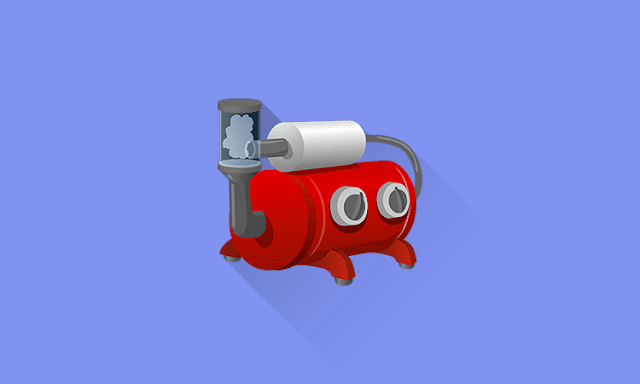What Are Different Types of Boilers in Mechanical Engineering
Boilers can be classified as follows:
1. Horizontal, Vertical or Inclined
Classified According to the axis of the shell.
2. Single tube and Multi tube boiler
According to the no. of tubes.
Examples for Single tube boiler: Cornish, Simple vertical boiler.
3. Fire tube and Water tube boiler
Fire tube boilers: Hot gases pass through tubes and that are surrounded by water. Examples: Cochran, Lancashire and locomotive boilers.
Water tube boiler: The water flows through tubes, and the hot gases surrounds them. Examples: Babcock & Wilcox boiler, Stirling.
4. Externally fired and Internally fired boiler
According to the position of the furnace.
Externally fired boilers have a separate furnace at outside the boiler body. Examples: Stirling boiler, Babcock & Wilcox Boiler.
Internally fired boiler: furnace integral to part of the structure of boilers (located inside). Cochran, Lancashire and boilers of locomotives are well-known examples.
5. Stationery and Mobile boilers
Stationary boilers are one which is installed permanently. Used in power plants.
A mobile boiler is portable. Include marine, locomotive and temporary units at the work site.
6. Low pressure and High pressure boilers
According to the pressure of vapour.
High pressure boiler produces steam at a pressure above 80 bar. Examples: Babcock, velox, Wilcox.
Low pressure boiler produces steam at a pressure below 80 bar. Examples: Locomotive boilers, Cochran, Lancashire.
7. Forced circulation and Natural circulation
In forced circulation boilers, the water circulated by pump. Example: Volex, Benson boiler.
In natural circulation boilers, the water circulation takes place due to Natural convention. Examples: Babcock, Wilcox, Lancashire.
8. Sub critical and Super critical boiler
According to the Operating parameter (pressure, Temperature).
Super critical boiler: Operating above critical point (P=221.2 bar and T=373°C).
Sub critical boiler: Operating below critical point.
9. Electrical, Gas boiler, and biomass boilers
According to the fuel used.
Electric boilers: They are compact. Quick heating effect.
Gas boilers: Gas boilers consume gas to produce hot water.
Biomass boilers: Fuels include woods, urban and industrial waste materials.
10. Atmospheric and Sealed boilers
Atmospheric boilers: They are of simpler and oldest type. The boiler takes room air for combustion. Atmospheric boilers are influenced by atmospheric conditions: wind, rain
Sealed boilers: They are equipped with an outlet pipe that allows the system to suck air from outside and expel the smoke.
Read:
🔗Difference between boiler mountings and accessories
🔗Different types of boiler accessories and their functions
🔗Common problems associated with steam system


